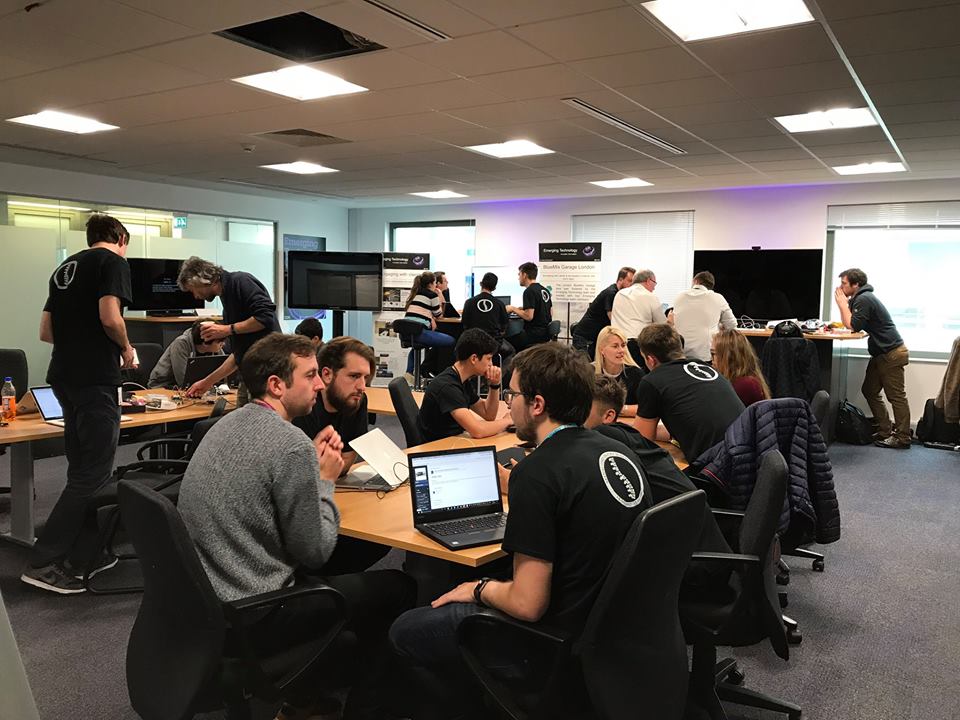
The technology solutions were developed during a ‘hackathon’ - a competitive event that gives developers a chance to build innovative applications, usually based on a particular theme. In this case, the event - which took place at the firm's facility in Hursley near Winchester - was organised in response to Spinal Cord Awareness month, with three-year old Emerson Grant providing the test case for participating teams.
Emerson sustained a spinal cord injury at 18 months as the result of an arachnoid cyst, leaving him paralysed from the chest down, a situation that presents numerous challenges for his parents.
Emerson can’t cough or control his temperature, and his family need to ensure he does not overheat, as well as avoid letting colds turn into pneumonia or a severe chest infection. They must also be able to recognise if his autonomic (involuntary) nervous system becomes dangerously overstimulated. This could cause autonomic dysreflexia (AD), a serious condition requiring immediate attention.
Consequently, Emerson’s parents must be constantly alert to changes in his body temperature, blood pressure, perspiration and heart rate, which would require them to take preventative measures or seek urgent medical attention. Emerson is also at the age when it is difficult for him to convey exactly how he is feeling to his parents.
The hackathon asked the teams to look at ways in which hardware (such as temperature sensors, IR cameras) could interface with software and IoT solutions to help Emerson and his parents.
One solution from team I-Spinal was developed in response to a scenario that would let Emerson attend nursery and give his carers the information they’d need to ensure his wellbeing. It combines a mobile app and wearable technology to create a system that performs predictive analysis.
With an iPad attached to his wheelchair, the wearables and other sensors collect real-time data on ambient temperature, outside temperature (provided by a third party), sweat levels, hear-trate, and oxygen saturation levels .
According to team member Richard Betteridge, an NHS employee on an eight-week secondment at IBM, the system also uses reactive data, so that if Emerson experiences a sudden deterioration, warnings can be given to his carers.
A scheduler lets Emerson’s carers know about actions that need to be performed on any given day, and future iterations could include accelerometers that sense sudden movements that could trigger AD. According to Betteridge, the addition of more sensors would increase the amount of data that can be collected to better manage Emerson’s condition. These could include systems that monitor posture in the wheelchair or activity levels to help feed into a predictive threshold. Further modifications could include fans mounted on the chair to turn on automatically when the temperature is too high.




Nanogenerator consumes CO2 to generate electricity
Nice to see my my views being backed up by no less a figure than Sabine Hossenfelder https://youtu.be/QoJzs4fA4fo